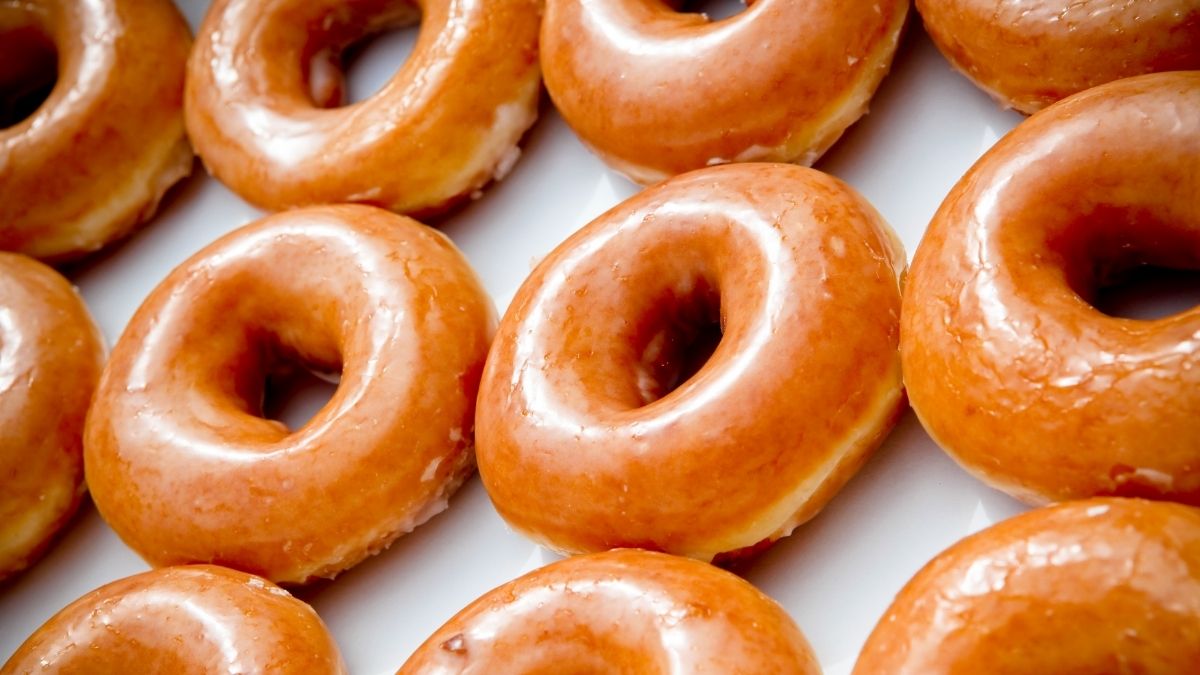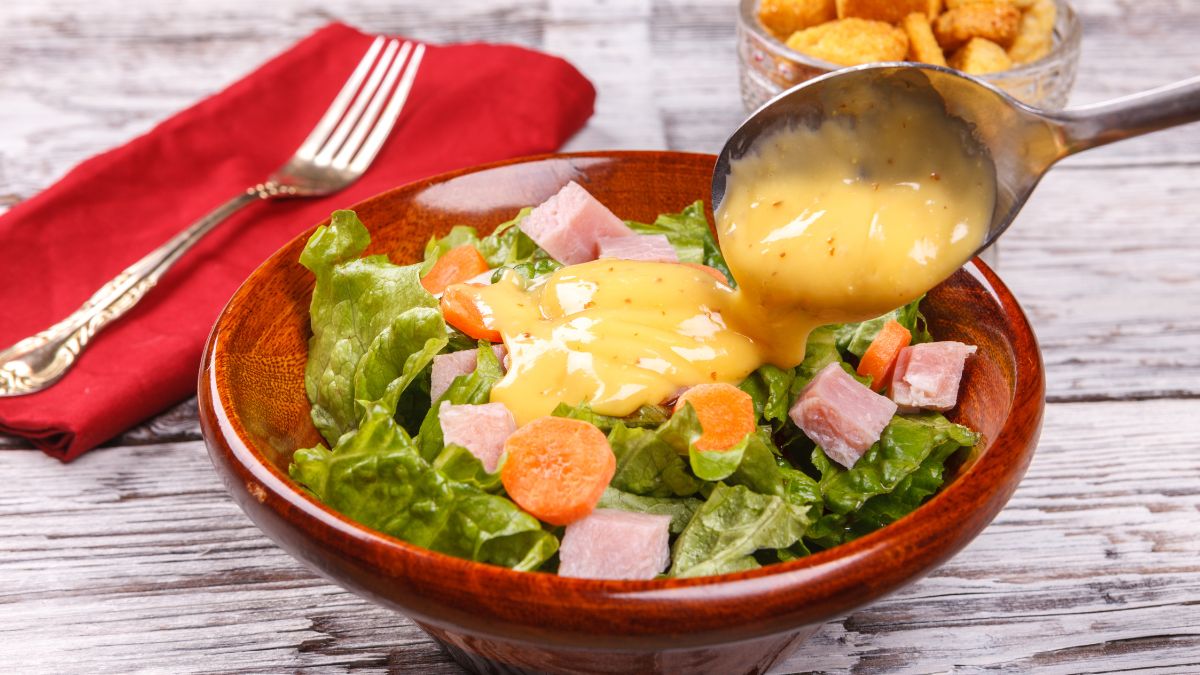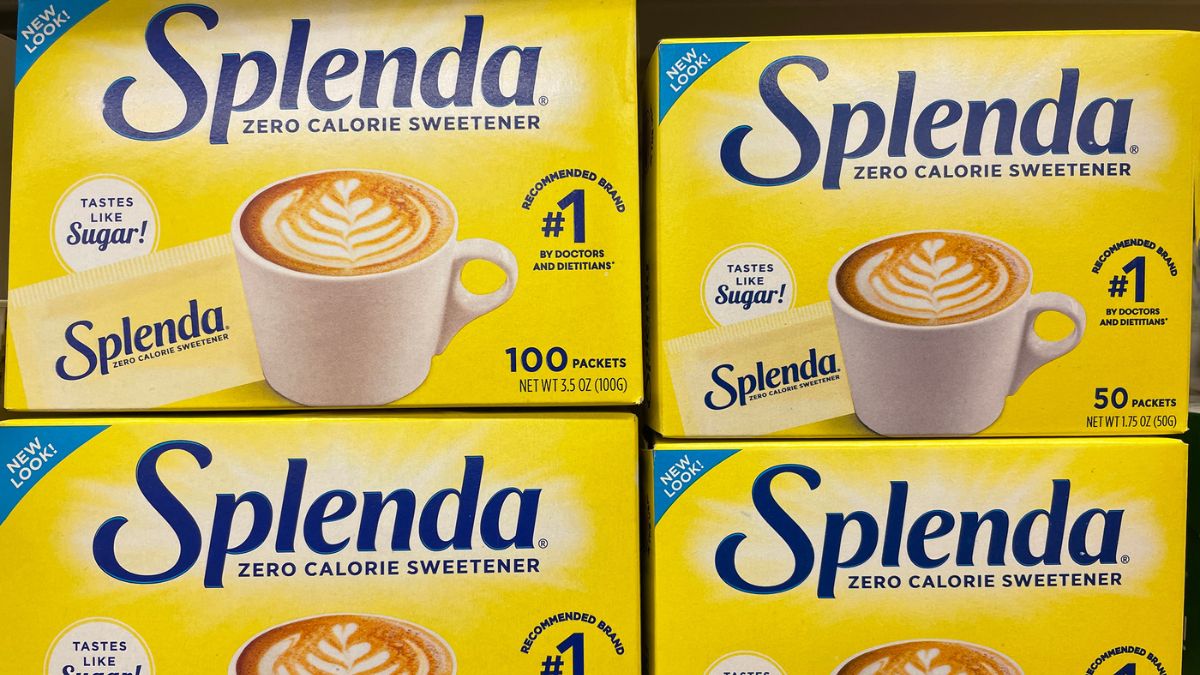Answer: No.

When you’ve finally gotten into vegan-style baking and decided to make your first plant-based chocolate fudge or brownies, you just can’t shake off the feeling that something “colorful” is mixing. You stare at your creation’s hot, black, and moist top surface, and you figure it out – rainbow sprinkles!
You check a pack from the nearest grocery or convenience store, you check the label, and all seems fine – no red 4, no gelatin, no animal glycerin, no high fructose corn syrup, and it’s daubed with vegan-friendly carnauba wax for preservation and shine, but wait, then you see this mysterious ingredient, confectioner’s glaze.
At first glance, you wouldn’t think much about it, but like gum base, confectioner’s glaze is an ingredient with a coverup name and worth looking into.
Confectioner’s glaze, or resinous glaze, is a common polishing ingredient used in candy, chewing gum, chocolate, and medicine and is labeled GRAS (generally recognized as safe) for edible products by the United States Food and Drug Administration. It’s also known as pharmaceutical glaze, pure food glaze, natural glaze, or confectioner’s resin, but it shouldn’t be confused with confectioner’s sugar glaze, an opaque substance made from powdered sugar or milk.
While “confectioner’s glaze” is a fancy name, it’s only to subtly hide the true, unappetizing nature of the transparent, shiny coating.
Confectioner’s glaze is derived from the secretions of the female lac bug and is the food-grade version of shellac resin. The raw form of shellac and confectioner’s glaze, sticklac, is the resinous cocoon of lac insects, commonly scraped off branches along with the critters and processed as is. Due to this, shellac and confectioner’s glaze are non-vegan products and may also be non-vegetarian.
Do vegans need a confectioner’s glaze? Not at all. Most of its uses are related to commercial products that are ready-to-use. Some people do use them for homemade candies or snack bars as a preservative and shiny coating.
What if you make homemade candies and desire an eye-catching gloss on them? Are there options? Yes, you can use a confectioner’s sugar to make a syrup and dip your candies in it, but do know that this type of glaze is not as transparent as a natural glaze.
However, Flo Zein is a Flo Chemical Corp Company that’s been manufacturing vegan, plant-based coatings since 1976 and is today’s world-leading brand of zein glaze, a special coating derived from corn proteins.
Table of Contents
Why Is Confectioner’s Glaze Non-Vegan?
History
For shellac’s complete history and production, you may visit this article from NaturalHandyMan.com.
Since shellac has a 3,000-year-worth of history, it would be too imposing to span it here, but shortly, it was originally made in India and traded off to China and other Asian countries. The term “lac” was derived from the Sanskrit numbering unit “lakh,” meaning 100,000, possibly referring to the number of lac insects needed to make 1 pound of shellac.
Now, don’t overreact; when we say 100,000 lac insects per 1 pound of shellac, this doesn’t mean that they’re all killed in the process, although technically, they all die in the process; we’ll get to that later.
Continuing, it was anciently known as Laksha and was mainly used for dyes, adhesives, and medicine. It was a widespread yet precious commodity due to the intricacy and length of its processing. Its byproducts were also used for grinding wheels in the process of jade.
Marco Polo brought shellac to Europe, and since then, was used for painting and top coating art and wooden furniture. The mid-19th century was the golden age of shellac, where it was prized as the clearest, glossiest, and most sustainable coating in multiple industries. It was also around this time that shellac spawned interest and fame in America as a sealant and polisher.
Shellac was the most versatile and sought-after coating for more than a hundred years until the rise of lacquers and polyurethane, which were invented as chemical substitutes for natural shellac. So the shellac business declined as it was less long-lasting and durable than the newly synthetic versions, and soon, it was lost and forgotten in the mainstream coating industry.
It was revived as food-grade shellac (shellac coating still exists today under the name Bulls Eye Shellac and is primarily used for woodwork) since, unlike lacquers and polyurethane, shellac was naturally non-toxic, and that’s how we get to confectioner’s glaze.
What Is It?
Confectioner’s glaze is a derivative of the more widely known shellac resin, but it’s processed further to be safely used as a food and drug coating.
It naturally comes in a liquid form since it’s alcohol-based and can be purchased in pharmacies where it may also be known as a pharmaceutical glaze. It comes as a plastic bottle with a sealed cap and brush cap and seems to have an opaque, yellowish color inside the bottle, reminiscent of honey for color and viscosity.
To use it, the brush is dipped into the substance and smeared on materials, or mostly candy, to give it a shiny, clear finish. It may also be used in non-edible decorations such as plastic berries and fruits. It acts as a gloss coat and a protective layer that seals out water and air, preventing foods from spoiling or oxidizing.
In factories, candies are either dipped or run through a glazing section where they finally achieve their distinguished shine.
Interestingly, the cochineal beetle also belongs to the superfamily of lac bugs. What are cochineal beetles, you ask? It’s the type of bug used to make non-vegan/vegetarian red dye, also known as carmine, and in food, E120 or red 4. The bugs are dried and crushed to make this “edible” dye, commonly found in red jelly.
How Is It Made?
It starts with bleached shellac resin, the modernized type of shellac, and is diluted in non-denatured ethyl alcohol (denatured ethyl alcohol is poisonous), waxes, and titanium dioxide. Food-grade confectioner’s glaze is 35% shellac dilute, and the rest are VOC (volatile organic compounds) that evaporate once the glaze is applied.
Uses
In candy and drug supplements, a confectioner’s or pharmaceutical glaze is used as a special, shiny coating that refines the product’s appearance, extends shelf life, protects against unwanted moisture, and produces a durable layer against damage or scratches.
It also seals in odors emanating from drugs and is a common ingredient in time-released, sustained, or delayed-action pills. So next time you visit the pharmacy, ask first if a drug contains glaze, which is, most often, non-vegan.
Jelly Belly jelly beans, corn candies, Hershey’s Whoppers, Milk Duds, Tootsie Rolls, and Ferrara’s are known candies or manufacturers that use confectioners’ glaze. While Jolly Rancher jelly beans, SweeTarts, Nerds, Gobstopper, Skittles, and Tic Tacs are vegan-friendly brands that make great, glossy candies without the hideous insect glaze.
Health Concerns
While confectioner’s glaze is food-grade shellac approved by the FDA as an inactive ingredient, it’s also labeled as a harmless, non-nutritive substance. This means that it’s neither detrimental nor helpful to one’s health. Also, note that the confectioner’s glaze is indigestible.
Vegan Status
Confectioner’s glaze is shellac-derived and is a bug excretion, so it’s non-vegan. However, bugs aren’t necessarily killed to harvest shellac resin. When it is said that 100,000 bugs are needed to produce resin, it means it takes 100,000 of them to produce the substance, not that 100,000 of them are killed to harvest resin.
In truth, shellac is the only known coating derived from animals, specifically bugs, but farmers don’t kill the bugs to make resin. The bugs make the resin and die off during the process. Then, the young ones leave the resin nest before farmers harvest them. This is to ensure that the next generation can continuously produce the resin.
In most cases, farmers cut off a lac-infested branch from a dying tree and graft it onto a new tree where the growth and health of the young bugs would be ensured. These are called lacbroods.
In a sense, farmers simply clean up after lac bugs, these lac bugs don’t have anything to do with their resin nest anymore after lodging under its protection for a few months, and they would simply go off to new branches to feed, propagate, and produce fresh resin.
Harvesting resin also clears infested branches, allowing the growth of new ones that the bugs would be able to call home. So in a way, shellac farming doesn’t directly harm the insects; although there are cases where some insects stay in the resin cases and get scraped along the process, killing the insects was never the intention.
Shellac farming is environment-friendly as it has a very low environmental footprint and is seen as more helpful than harmful to lac insects. It may also not be considered animal exploitation by some vegans since it’s more of a cleanup than a manipulated process. Maybe, there could be a point when vegans eventually open to the possibility of such products, non-exploited and sustainable, but for now, it’s a matter of choice and belief.
Personally, we still believe shellac resin is non-vegan because we definitely don’t want any sort or form of animal-based products in the food we eat, the drugs we take, the clothes we wear, and even our furniture.
Vegan Substitutes For Confectioner’s Glaze
Zein is a protein extracted from corn, and FloZein is the country’s top producer of this vegan-friendly glaze. FloZein products are 100% plant-based, vegan, sustainable, digestible, and biodegradable.
FloZein ready-to-use coatings are:
- Vegan Glaze
- Cozeen™ Vegan Coating for Nuts and Other Porous Materials
- MasterCoat Glaze and Polish for Confectionery
- AquaZein
You can check their specifications on their products page, and each product has specific uses, such as AquaZein having less VOC and Cozeen™ Vegan Coating for Nuts and Other Porous Materials, which is used to better preserve nutritional bars and absorbent candies by locking out unwanted moisture.
Their website shows FloZein products are all-natural, cost-effective, and have superior coating qualities and performance than shellac.
Note that we aren’t affiliated with FloZein, so we don’t get any commissions based on your product purchases.
On the other hand, a confectioner’s sugar glaze is also a possible alternative, but it does add more sugar than natural glaze or zein, and it’s not as transparent, but if you’re okay with that, then you can use it.
Bottom Line
Shellac confectioner’s glaze may seem to be in the grey area for other vegans, but on mainstream accounts, it’s ultimately in the red zone. Shellac isn’t a necessary ingredient or product in any vegan’s daily life, but it’s very common in drugs and candies. We advise avoiding all products containing shellac since it’s still insect-derived, no matter how pure it is.




